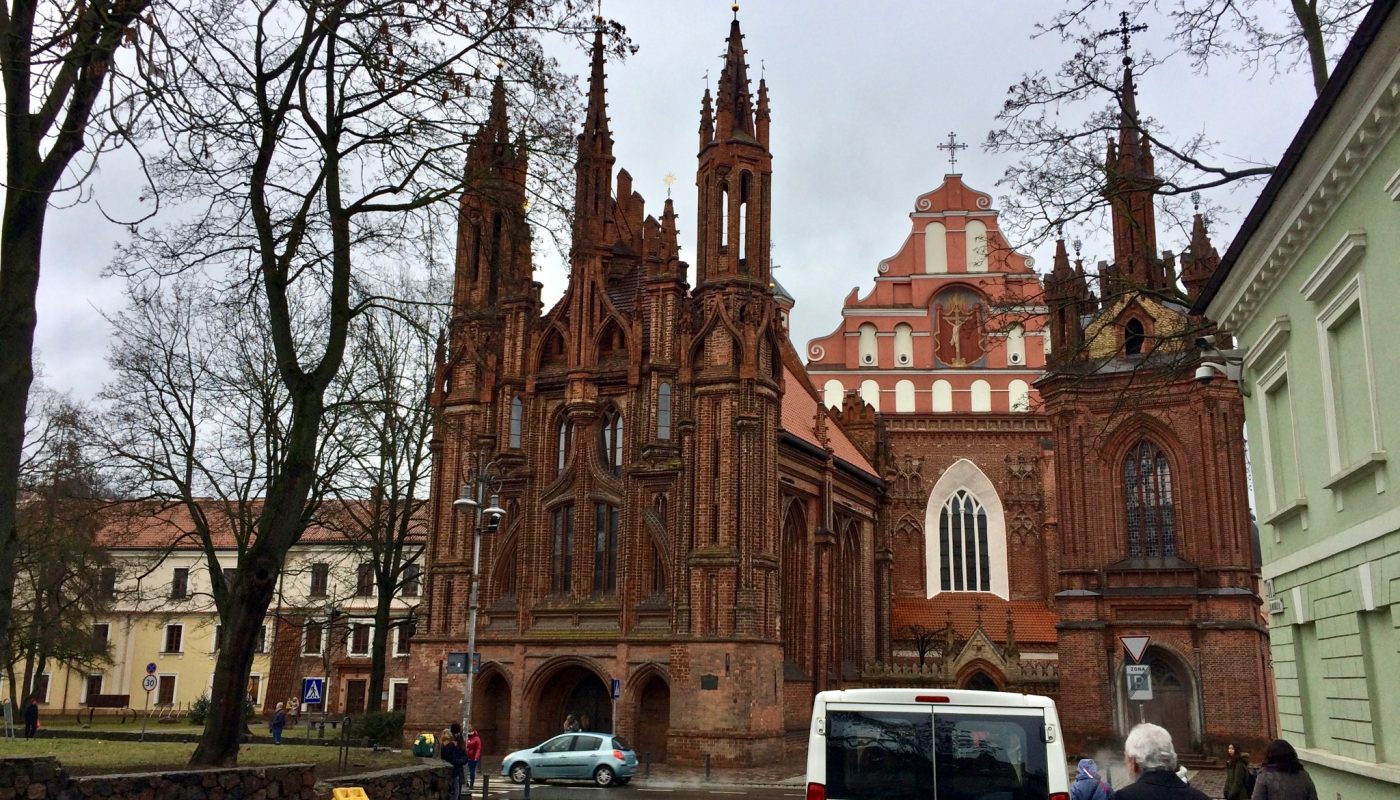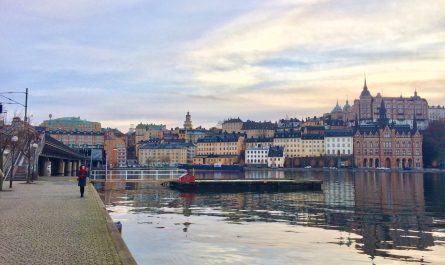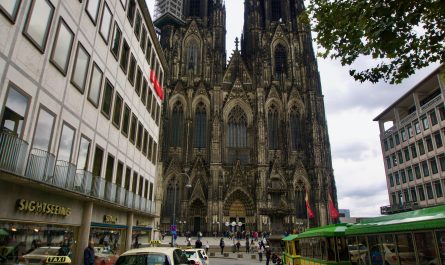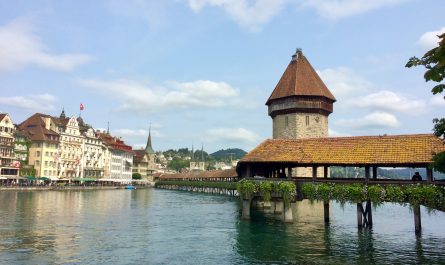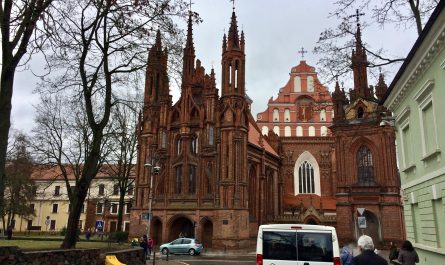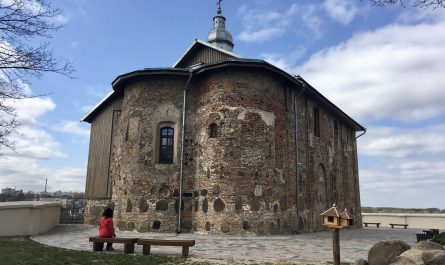Вильнюс
Cпокойный и уютный. По темпу «где-то между Москвой и Питером», но другая архитектура, другой язык, другие надписи. На задних узких улочках центра много граффити. Но с ними пытаются бороться.
Идешь по центру и не покидает ощущение deja vu. Одна улица — невысокие дома, оранжевые черепичные крыши, много деталей типа «заморочились», глаз радуется, но… сворачиваешь на другую улицу и кажется, что идешь по той же самой улице. Будто кто-то нарезал кусок сливочного масла дорогами. Поменяй местами кусочки — ничего не изменится. Нет явных признаков, что идешь к центру или от него. Что ты в очень старой части или осовремененной. Как, например, в Амстердаме — смотришь на дом с надписью «ANNO 1543», а по материалам и краске выглядит, как вчера построенный.
В городе есть своя архитектурная жемчужина — костёл Святой Анны. Такой игрушечный пример пламенеющей готики. Из-за размеров производит впечатления новостроя, а оказывается был отстроен в камне 500 лет назад.
Vilnius
Quiet and cozy. Has a feel of «somewhere between Moscow and Saint-Petersburg», but different architecture, different language, different letterings. It has a lot of graffiti at the secondary center streets. But the authorities try to fight them.
There is a strong deja vu feeling while walking the center. First street’s look — small buildings, orange tiling roofs, lots of «architects were obsessed» details you can rest your eyes upon, but… when you turn to another street, it seems you are still walking the same street. Like someone sliced a butter with roads. Shuffle those those slices — nothing will change. There is no clear signs, that you are walking toward the center or from it. That you are in the old part or more contemporary part of the center. It is like in Amsterdam — buildings with «ANNO 1543» look like they were build yesterday, not back in 1543.
St. Anne’s Church is an architecture’s pearl of the city. A toy-sized (if compared to Cologne Cathedral) example of the flamboyant gothic style. Because of its size it makes an impression of a modern building, but was built in stone nearly 500 years ago.
Улочка в старом городе / A street in the old town

Еще одна улочка / One more old street far from the main traffic
Итальянская булочная / Italian bakery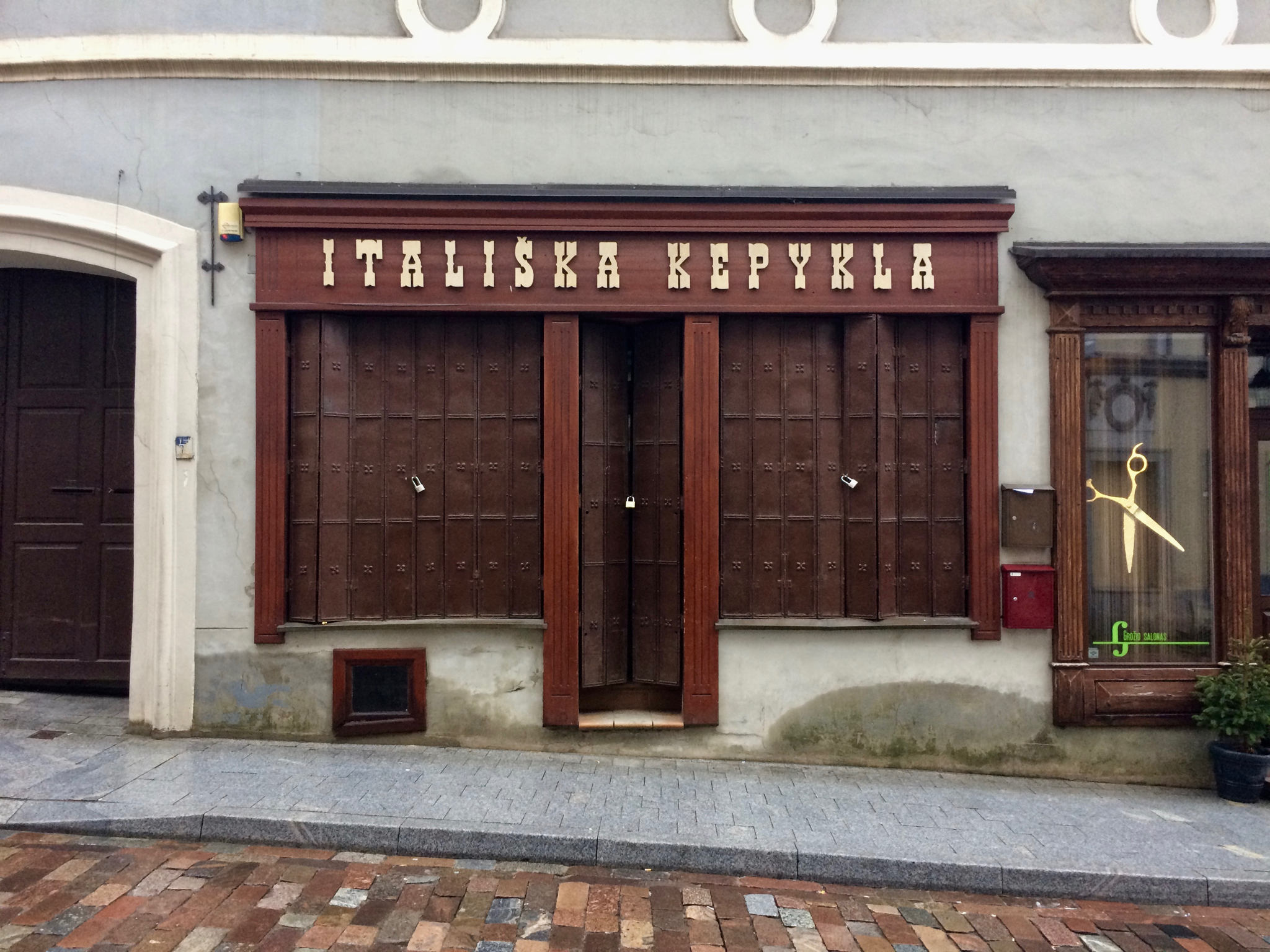
Граффити и борьба с ними / Graffity and a way to fight them
Костёл Святой Анны / St. Anna’s Church


Какой-то музей, куда мы не попали / A museum we have missed
Колокольня в центре старого города / An old clock-tower

Восхитительный вид с колокольни / The view from the old clock-tower is fascinating

Тракай
Тракай — это город, неподалеку от Вильнюса. Но когда говорят Тракай имеют ввиду не город, а Тракайский замок. Ну что сказать — замок хорош. Отреставрирован и превращен в музей. Если что-то смотреть поблизости Вильнюса, то Тракай.
Trakai
Trakai — is a small town located not far from Vilnius. But when even locals say Trakai (to tourists) they mean not the town, but the Trakai castle that was built in 1409 year. What to say — the castle is worth seeing it. It is not as castles of England or Ireland, but really cool to see. It has been renovated and turned into a museum. If in doubt of what to sightsee near Vilnius — it is Trakai castle.
Да, это в дали тот самый замок / Yep, that’s Trakai castle over there

Главный вход / The main entrance
Строяния внутри крепости / Inside buildings
Башня / Tower
Куcочек сада и жилых зданий внутри / Kinda garden and a piece of living buildings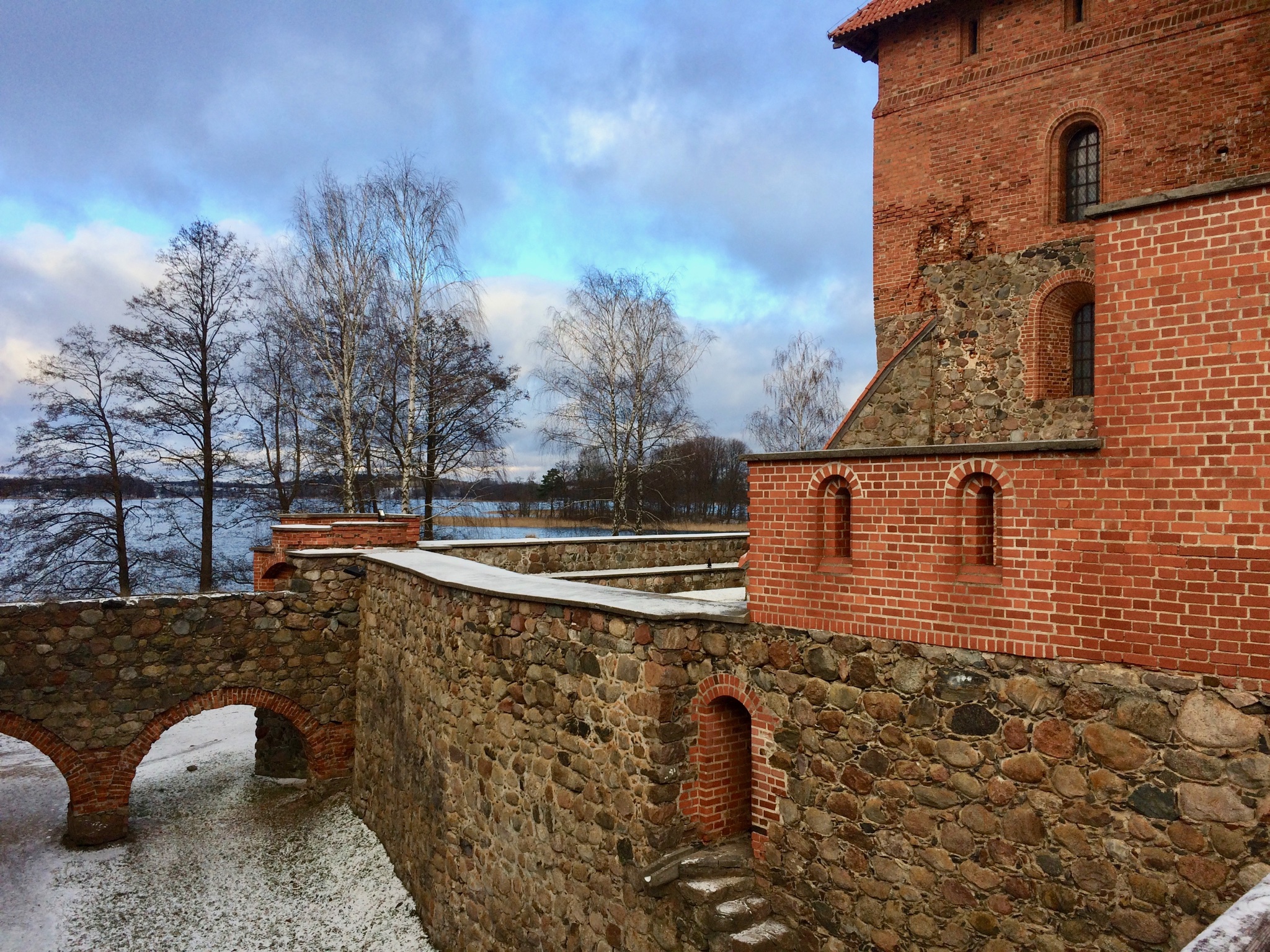

Музейная экспозиция / Museum’s exhibition
Красивый витраж / A nice window you have
Не муляж, а оригинал 1655 года / Original book of 1655
Cнова вид на внутрянку замка / Inside buildings of the castle
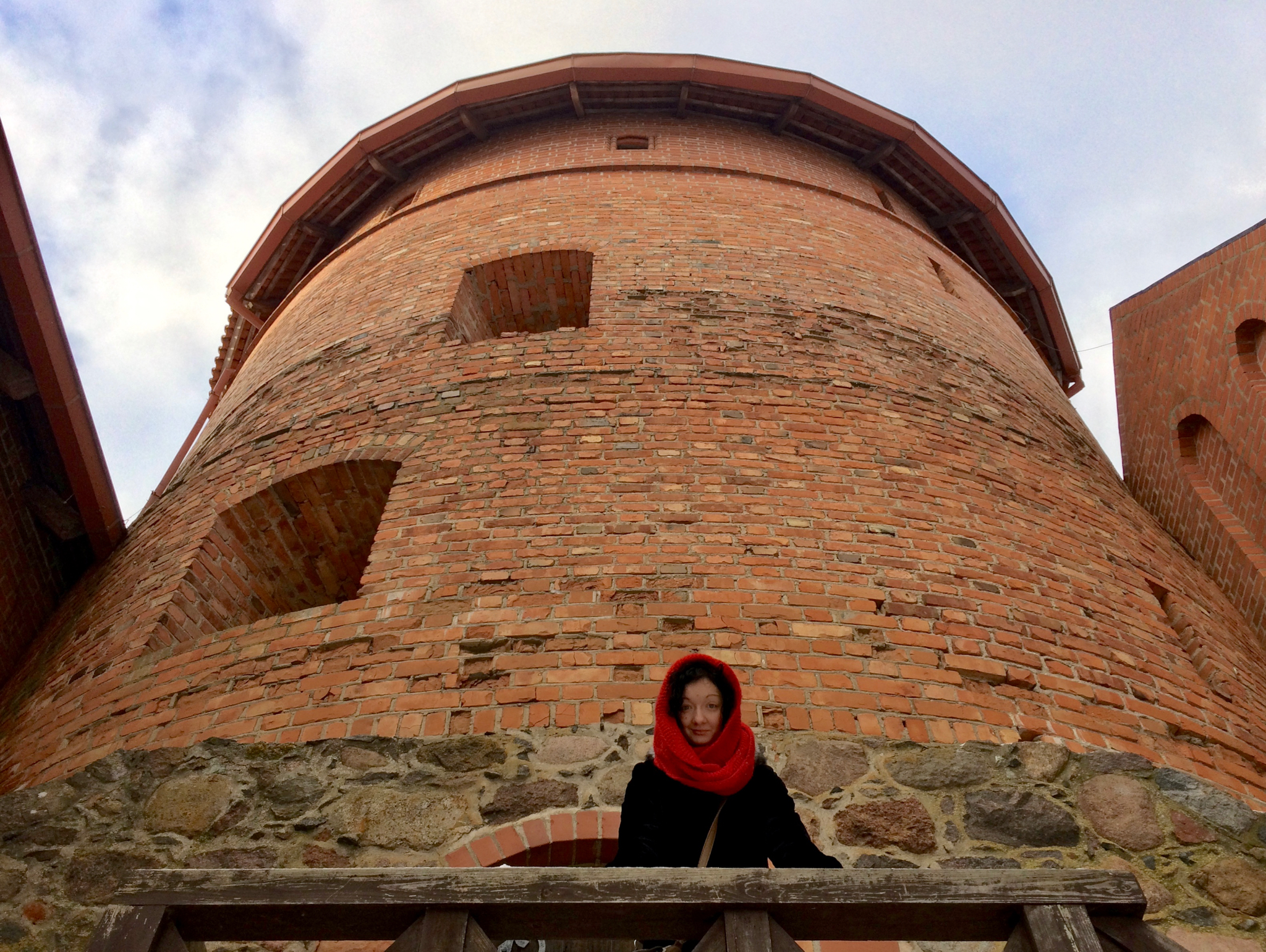
Эти лестницы — это музейные этажи / All those passages and stairs are actually museum’s floors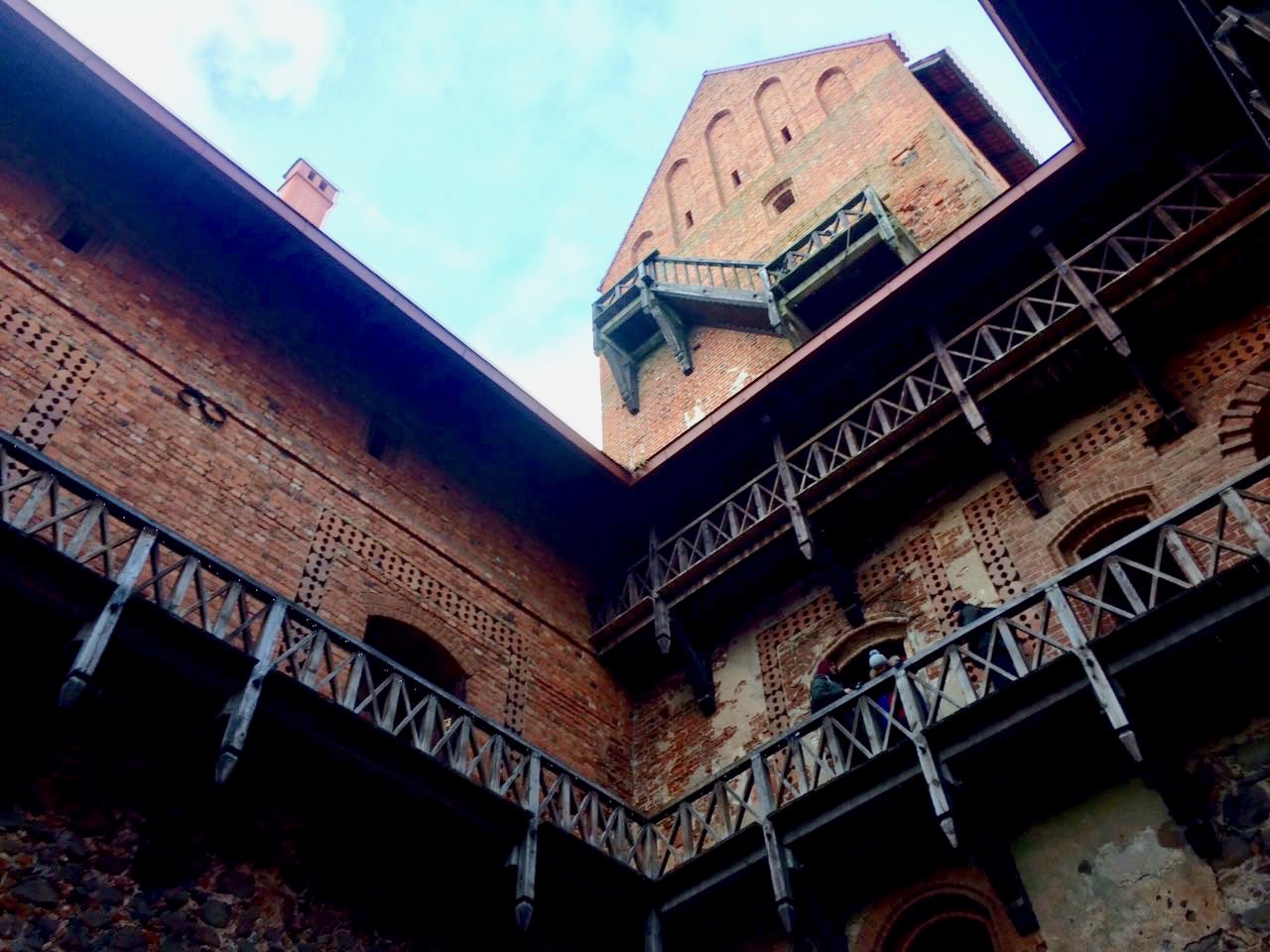
Прощай Тракай // Bye-bye Trakai

